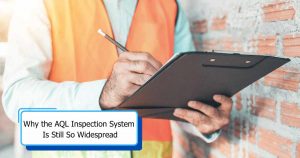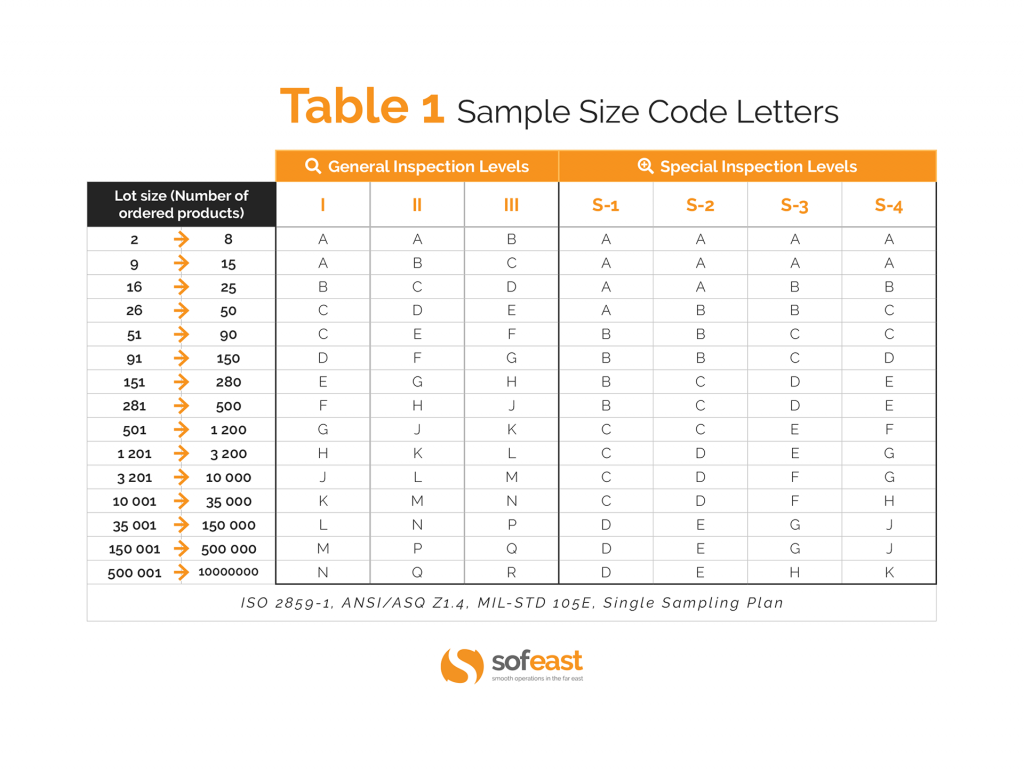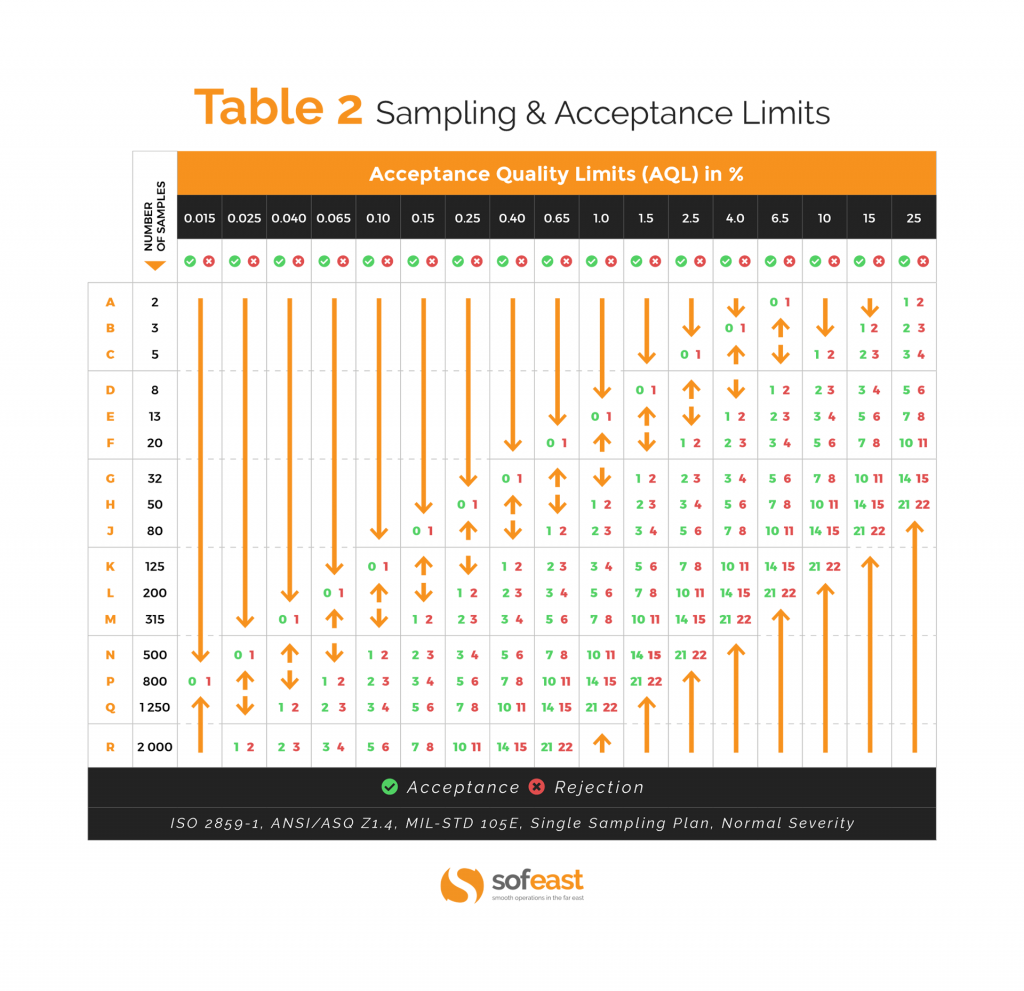In the 1930s, some smart statisticians at Bell Labs worked on an amazing amount of manual calculations to suggest sampling plans for product quality inspections. Over time, it became the topic of MIL STD standards and one of those plans became quite widespread in industry: the AQL inspection system.
First, what does AQL actually mean?
As I wrote in this popular introduction to AQL:
‘AQL‘ stands for ‘Acceptance Quality Limit‘, and is a method used by many businesses to check a random sample from the production batch of their products and confirm that the risk of bad quality is relatively low.
In ISO 2859-1, the AQL is defined as the “quality level that is the worst tolerable.” It represents the maximum number of defective units, beyond which a batch is rejected. Importers usually set different AQLs for critical, major, and minor defects. Most Asian exporters are familiar with this type of setting.
For example: “AQL is 1.5%” means “I want no more than 1.5% defective items in the whole order quantity, on average over several production runs with that supplier, and I accept a certain amount of risk that I make the wrong decision based on the imperfect information coming from checking only a sample of the whole batch”.
Can we afford to do AQL inspections today?
Not so fast, the AQL inspection system still has a role to play even if it is imperfect
What options does the buyer have?
- Ideally, the buyer would have trust in the manufacturer’s very good track record and would need no inspection. Good pre-production verifications & validations, good QA processes at the source, good process controls in general, good staff training, etc. can help a lot.
- As a second choice, an accept-on-zero plan would reduce the number of samples to check and would put a lot of pressure on the supplier. (See my earlier article about the most common sampling plans.)
- As a third choice, starting with acceptance sampling based on the LQ would be much more favorable to the buyer, compared to the AQL. And then switching to the AQL is fine once there is a relatively good track record and it really is a continuous production of the same product (since that’s what the AQL is designed for).
The problem, when the manufacturer is not familiar with the AQL and the LQ concepts, is that starting with the LQ would elicit resistance (once they understand it’s much harsher to them) and confusion. If the inspection fails, they might spend hours just looking for ways to question the methodology. That’s a big problem for the buyer, and quite predictable in certain countries.
How realistic is ditching the AQL system for acceptance-on-zero?
P.S. Read even more posts about the AQL inspection system
- When To Do a Random AQL Inspection vs. Check 100% of the Goods
- How The AQL Inspection Levels In ISO 2859-1 Affect Sampling Size
- Tips On How To Get Suppliers To Zero Defects [Podcast]
- Using the Limiting Quality Level (ISO 2859-2:2020) Instead of AQL
- Inspecting Productions with Very Few Defects: Dump the AQL
- A Simple AQL Calculator To Prepare Your Product Inspections



